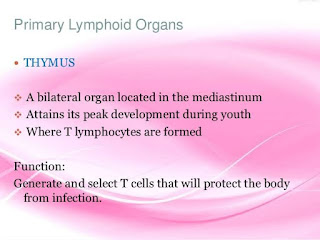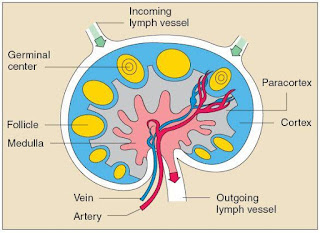ADDICTION AND DEPENDENCE
Addiction is a psychological attachment to certain effects –such as euphoria and a temporary feeling of well-being – associated with drugs and alcohol.
Mechanism
Repeated use of drugs- tolerance level of the receptors -- receptors respond only to higher doses of drugs or alcohol -- greater intake and addiction.
Dependence is the tendency of the body to manifest a characteristic and unpleasant withdrawal syndrome if regular dose of drugs/alcohol is abruptly discontinued.
Withdrawal syndrome is characterised by anxiety, shakiness, nausea and sweating.
Sometimes the withdrawal features can be fatal. So person and relatives should be careful.
EFFECTS, PREVENTION AND CONTROL OF DRUG/ALCOHOL ABUSE
Immediate effects are reckless behaviour, vandalism and violence.
Excessive doses of drugs may lead to coma and death due to respiratory failure, heart failure or cerebral hemorrhage.
Iv drug abusers can get infected with AIDS, hepatitis B.
The chronic use of drugs and alcohol damages nervous system and cause liver cirrhosis.
drugs and alcohol during pregnancy -- adversely affect the foetus.
Use of anabolic steroids in females -- masculinisation, increased aggressiveness, mood swings, depression, abnormal menstrual cycles, excessive hair, growth on the face and body, enlargement of clitoris, deepening of voice.
In males anabolic steroids can cause acne, increased aggressiveness, mood swings, depression, reduction of size of the testicles, decreased sperm production, potential for kidney and liver dysfunction, breast enlargement, premature baldness, enlargement of the prostate gland.
Prevention and Control
The measures useful for prevention and control of alcohol and drugs abuse among adolescents-
- Avoid undue peer pressure on children.
- Children should be educated and counseled to bear problems and stress in life.
- The child should seek help from parents and elders.
- Affected individuals should seek medical help of qualified psychologists, psychiatrists, and deaddiction and rehabilitation programmes.










































